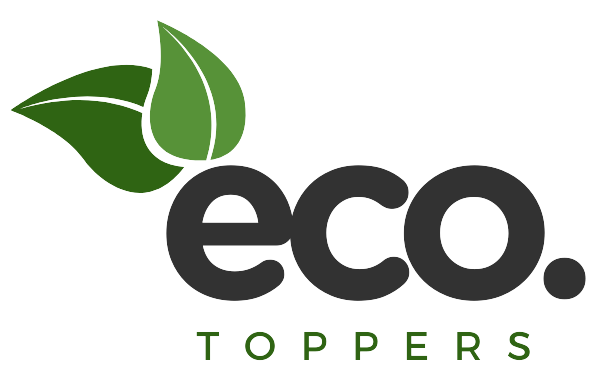European pillows, with their distinctive 65cm × 65cm (26" × 26") square shape, serve as both decorative accents and functional support in bedrooms across Australia and worldwide. While their shape remains consistent, the internal filling can vary dramatically, creating significant differences in feel, performance, and suitability for different sleepers.
The filling material determines not just how a European pillow feels when you first rest against it, but also how it performs over time, how it responds to your body's unique contours, and how it manages temperature and moisture throughout the night. Understanding these materials is essential for selecting European pillows that will enhance your sleep experience and complement your bedroom design.
In this guide, we'll explore the primary categories of European pillow fillings—natural materials like down and feather, and synthetic alternatives—examining their properties, benefits, drawbacks, and ideal use cases. We'll also address important considerations like allergies, sustainability, and maintenance requirements to help you make a choice that aligns with your lifestyle and values.







